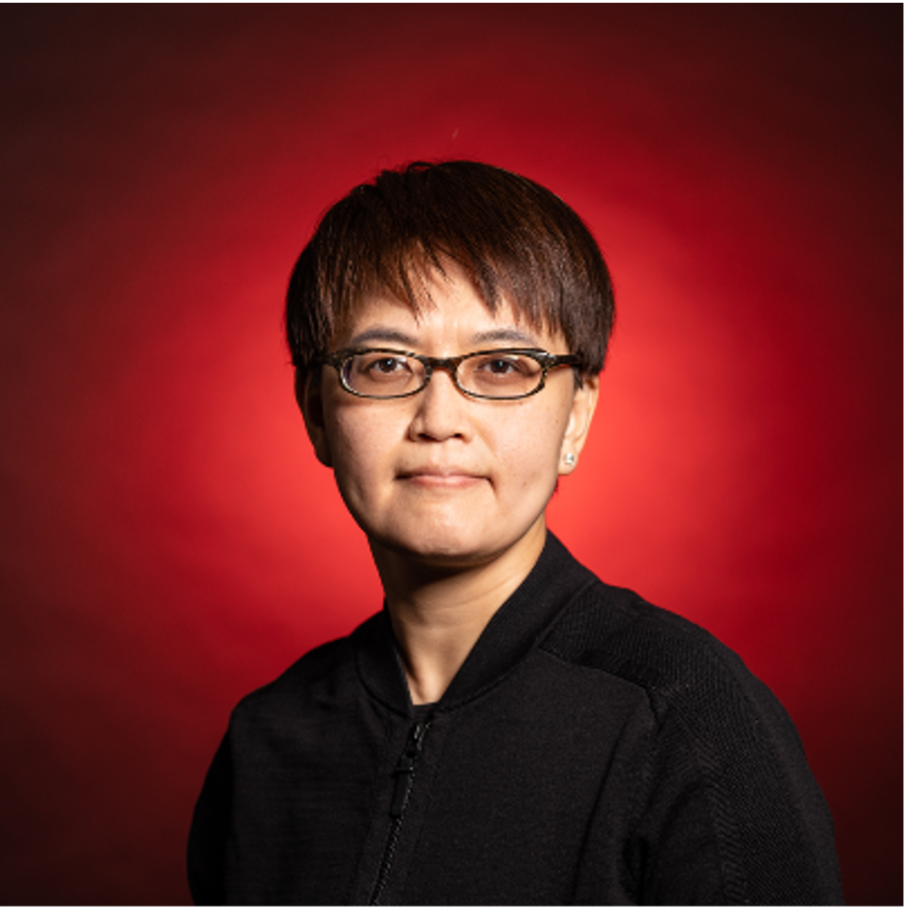Vien Cheung
Short Bio
Vien Cheung, academic at the University of Leeds, UK
Vien Cheung, an academic at the University of Leeds in the UK, has authored more than 100 refereed publications in the areas of colour vision, colour science, colour imaging and colour design. Her achievements have been recognised both in the UK and internationally. Most recently, she was awarded a Gold Medal from the Society of Dyers and Colourists (2023) in recognition of her prolonged and outstanding contributions to international colour research, education and its publication. Her ethos on integrity and diversity takes her to explore how colour can be used as a vehicle to shift our ‘black and white’ judgements into a more variegated and expansive perception of the world. Vien is also active in charitable and educational colour organisations including the International Colour Association and the Colour Group (Great Britain) in which she is a Past President and the Chairman respectively.
Title and Abstract
Title: Colour association: rational or groundless?
Abstract: It has widely been agreed the strong association of colours with certain psychological or mental states. For example, often colours are expressed as being warm (e.g. red, orange), cool (e.g. green, blue), aggressive (e.g. red) or calm (e.g. blue). Is such strong association driven by our innate biological factors, accumulated through our learned life experiences or simply a part of the rules of the universe? This talk will discuss the origin of the fundamental colours, and their representations, of various historical philosophical theories around the world; in particular, an analysis on the comprehensive Chinese five-essence theory will be presented may shed light on the answer.
Phil Green
Short Bio
Phil Green, Norwegian University of Science and Technology, Gjøvik, Norway
Phil Green is Professor of Colour Imaging at the Colour and Visual Computing Laboratory, NTNU, Norway. He is also Technical Secretary of the International Color Consortium, the body that standardizes the ICC profile format and promotes colour management internationally.
Dr. Green received an MSc from the University of Surrey, UK in 1995, and a PhD from the former Colour & Imaging Institute, University of Derby, UK in 2003.
His research interests are around cross-media colour reproduction, and include characterization, appearance, metrology, image quality and colour difference.
Title and Abstract
Title: A gamut boundary test chart for extended colour gamut reproduction
Abstract: A test chart is defined for 7-colour printing. The chart is based on one already in use for four-colour process printing, but with a flexible mechanism for adding up to three further colorants used in extended colour gamut printing The chart can readily be used to determine a gamut boundary description consisting of vertex list and face list, The resulting gamut boundary description can in turn be used in the applications of gamut mapping, gamut analysis and gamut visualization.
Robin Kingsburgh
Short Bio
Robin Kingsburgh, Department of Science, Technology & Society, York University Toronto, CA
Robin Kingsburgh is a trained astronomer (Ph.D. in Astronomy, 1992, University College London), and a trained painter. Her artistic education comes from studies at the University of Toronto, as well as in the U.K. and France, and has paralleled her scientific development. She has longstanding interests in the intersections of art, science and education. She currently teaches various Natural Science courses at York University, Toronto, including Understanding Colour, a course on the science of colour, as well as The History of Astronomy and The Nature of Time. She has curated numerous shows and events in the Toronto area, featuring artwork inspired by the ideas and methodologies of science. She is President of the Colour Research Society of Canada, a Board member of the Inter Society Colour Council, a member of the joint ISCC/AIC Colour Literacy Project, an Associate editor for the Color Culture and Science Journal, and an elected member of the Ontario Society of Artists.
Title and Abstract
Titolo: Colour is for Everyone: Teaching interdisciplinary colour foundations
Abstract: Colour surrounds us. It is a visual language that affects how we feel and how we interact with the world. It helps us communicate and engage with our surroundings. Although colour is ubiquitous, and plays a critical role in the way we understand and shape the world, colour studies are becoming increasingly rare at both schools and postsecondary institutions worldwide. The bulk of colour education tends to reside in art and design classes, at all education levels. Yet colour plays an integral role in many disciplines, and can indeed be used as a bridge across disciplines, or as an entryway into new areas of study.
The talk will outline how to incorporate hands-on, interdisciplinary colour explorations in the classroom, at any level. It will discuss results from the Colour Literacy Project (CLP), as well as the author’s experiences in teaching a multidisciplinary course about colour, which has been offered as a general elective science course at York University, Toronto, since 2000. The study of colour and colour phenomena provides an ideal entryway into science, which helps cultivate science literacy, and develop critical thinking skills. Educational materials developed by the CLP move beyond the sciences and arts, and stretch to the humanities. The CLP aims to revitalise 21st century colour education by connecting it directly to the needs of our global culture. We are currently developing and testing experiential, interdisciplinary colour resources for teachers of all backgrounds and levels. This material serves as a common foundation for everyone – not just art and design students. Preliminary results find that after undergoing our training, teachers and students alike are more engaged with colour in their surroundings, able to notice, identify and describe more colour variations, and able to ask deeper and more profound questions about colour and colour phenomena.



